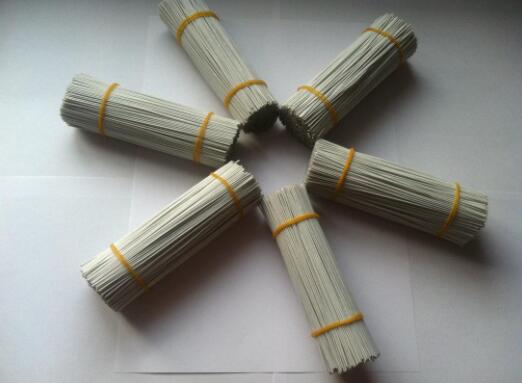The Versatility and Applications of Hexagon Perforated Metal
Hexagon perforated metal is a dynamic and versatile material that has gained increasing popularity across various sectors, including construction, automotive, and design. Characterized by its distinct hexagonal holes, this type of perforated metal combines functional performance with aesthetic appeal, making it an invaluable resource in both industrial and consumer applications.
Structure and Design
Hexagon perforated metal sheets are created through a precision punching process where hexagonal patterns are formed in metal sheets, typically made of materials like stainless steel, aluminum, or mild steel. The arrangement of holes can vary in size and spacing, allowing for customization based on specific project requirements. This unique shape not only provides significant aesthetic value but also enhances performance characteristics such as strength, lightweight properties, and efficiency in material use.
Functional Benefits
One of the primary advantages of hexagonal perforated metal is its ability to offer optimum airflow and light transmission, making it ideal for applications requiring ventilation or illumination. This characteristic is particularly beneficial in architectural designs where natural light and air circulation are priorities. For example, hexagon perforated metal can be used in facades and screen systems of buildings, contributing to energy efficiency by reducing the need for artificial lighting and air conditioning.
Moreover, hexagon perforated metal is effective in noise reduction, serving as an acoustic panel in spaces like auditoriums and theaters. The hexagonal patterns help in diffusing sound waves, thereby improving the overall sound quality within these environments. This functionality has also made it a popular choice for applications in public transportation, such as bus and train stations, where noise control is critical for passenger comfort.
Aesthetic Appeal
The visual appeal of hexagon perforated metal is another significant factor in its growing popularity. Designers and architects often seek to incorporate unique patterns and textures into their projects, and hexagonal designs stand out due to their geometric elegance. This type of perforated metal is often used in decorative applications, including wall cladding, ceiling tiles, and furniture design. The unique pattern not only adds character but also helps to create a contemporary look that is highly sought after in modern architecture and interior design.
hexagon perforated metal

Additionally, finishing options such as powder coating or anodizing further enhance its appearance and durability, allowing for a wide range of colors and finishes that can complement any design theme. The use of hexagon perforated metal in art installations is also increasingly common, where light and shadow play through the holes, creating striking visual effects.
Environmental Considerations
In today’s environmentally conscious market, the ability to recycle materials is paramount. Hexagon perforated metal can be produced from recyclable materials and is itself recyclable, making it an eco-friendly choice for sustainable design practices. By utilizing this material, businesses can contribute to waste reduction and promote sustainability while not compromising on performance or aesthetics.
Diverse Applications
Hexagon perforated metal is utilized across various applications. In industrial settings, it is commonly used for filtration systems, where its hole size can be tailored to achieve desired separation. In the automotive industry, it serves as a weight reduction solution without compromising structural integrity, improving fuel efficiency.
In addition, the material is used in fashion, where it has been adopted in designs ranging from clothing to accessories, merging function with trendsetting styles. Its adaptability ensures that hexagon perforated metal continues to explore new territories and applications.
Conclusion
Hexagon perforated metal offers a blend of functionality and aesthetic appeal, making it a highly versatile material in various industries. Its structural advantages, design versatility, and environmentally friendly attributes make it an excellent choice for architects, designers, and manufacturers aiming to innovate and enhance their projects. As technology advances and creativity evolves, hexagon perforated metal is poised to carve out an even larger role in the world of design and construction.

















